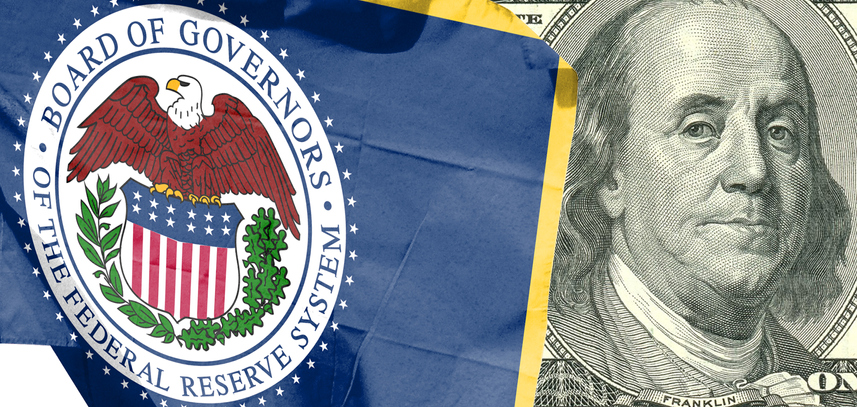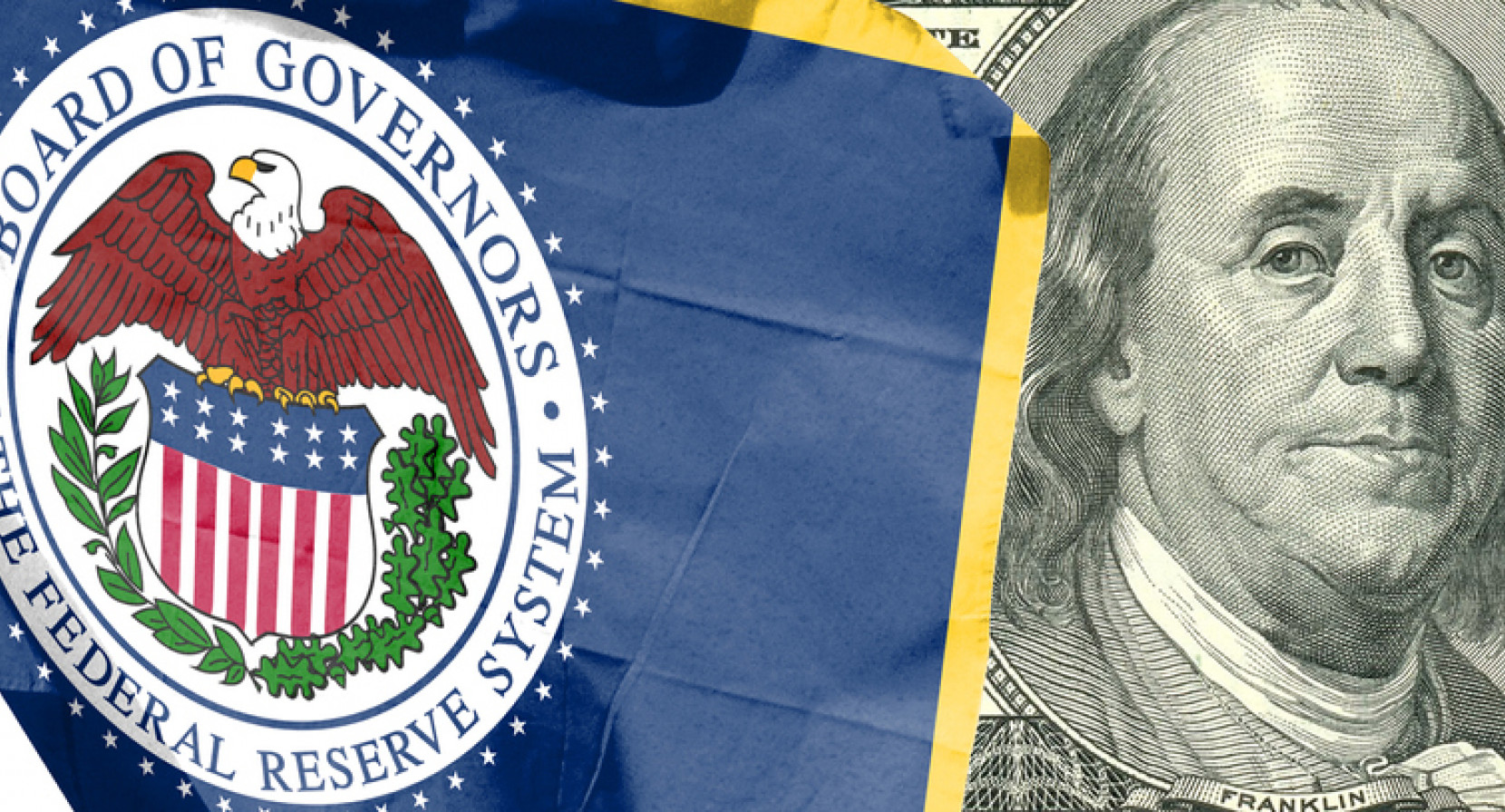The Fed hiked rates another 0.25% today, as expected, while signaling this could be the last hike of the cycle. This was the 10th rate hike dating back to March 2022, bringing the total hikes to 5.0% and putting the Fed Funds rate in the 5.00% – 5.25% range (they target a range rather than a specific number). As SMI has noted a number of times, this has been the fastest rate hiking cycle in 40 years, and the official rate as of today is over 5% for the first time since 2007.
Given investors have been clamoring for a Fed pause since basically the moment they started hiking, you'd think the market would be rallying on the news the pause is finally here. It's not though, largely because the market has been anticipating this and already had it "priced in."
It would be a mistake to think of the Fed pause as the end of the impact of this hiking cycle, however. Holding rates at a relatively high 5.0%+ rate, while continuing to drain liquidity via the Federal Reserve's Quantitative Tightening program, means that the restrictive impact of policy will continue to be felt.
Fed Chair Jerome Powell noted that the tightening of lending standards seen in the aftermath of March's banking crisis adds to the impact in a similar way to additional rate increases. In other words, not only is the price of credit higher via interest rates, but the availability of credit — as lending standards tighten — is squeezing the ability of businesses and individuals to borrow.
What else is priced in?
The market's muted response to the Fed following the anticipated script leads one to wonder what else the market is expecting. The Fed Funds futures market suggests that going into today's meeting, investors were pricing in a ~75% chance that the Fed will leave rates alone next month. But interestingly, they are also pricing in multiple rate cuts by the end of this year.
The only reason investors would be pricing in such a rapid shift from rate hikes to rate cuts is the threat of recession. But it's not quite accurate to say the Fed Funds and bond markets are "pricing in a recession."
In past recessions, the Fed historically has cut more than the bond market is currently pricing in. So it's probably more accurate to say the bond market is pricing in a strong probability of recession, with the nuance being that if we get one, rates will fall even further than what is currently priced in. But if we don't get a recession, rates will have to come back up from where they are currently priced. Put another way, what we're seeing now is a weighted probability leaning toward recession, not that one is fully priced in.
Bonds have adjusted more than stocks
It's relatively easy to see the bond market pricing in both recession risk and the other boogeyman quickly landing on everyone's radar: a potential standoff over raising the Federal debt ceiling. We've had a couple of newsy items lately on this, with Treasury Secretary Yellen suggesting the "run out of money date" is June 1, which is earlier than anticipated. And President Biden has apparently called for a meeting on May 9 to start hammering this out.
Realistically, Joe has been around Washington long enough to know these things rarely get solved until the last minute. The 2011 example when the government actually shut down (and the S&P 500 index lost -17% in a month) is on everyone's mind, as that pitted a new group of conservative Republicans in Congress fighting with a Democratic president over runaway spending.
With the Federal deficit hitting $1.1 trillion for the first half of the government's fiscal year (ended in March 2023), and March's spending ramping higher +36% year-over-year, the stage is set for a battle. The fact this year's new Republican contingent couldn't even agree on their Speaker has everyone thinking this is unlikely to be a pro forma process.
Despite all this, stocks have continued to levitate near the top of the 3,600 – 4,200 trading range I've been discussing for many months. Investors remember the multiple times over the past dozen years when the Fed has shifted toward easing policy and the stock market has taken off higher.
Of course, the big potential difference is that the economy wasn't in recession during those examples, whereas there is a strong possibility it will be in one this time. It seems highly unlikely that the Fed will actually cut rates if we aren't in a recession, given that inflation remains stubbornly high. History suggests a very different script for markets when rate cuts come because of a recession, with 2008 and 2000-2002 being the most recent examples.
Inflation ties it all together
The piece that's different from the experience of nearly every market participant today is inflation. It's been 40 years since inflation has been a key driver, which puts it just outside the tangible experience of most people involved in markets today.
Inflation is the reason the Fed continued hiking today despite risks they've already overcooked this economy.
Inflation is also the ultimate outcome of raising the debt ceiling — which will happen after a lot of wrangling and hand-wringing.
As former Fed Chair Alan Greenspan said in 2011 as fears of a default spiked: "The United States can pay any debt it has because we can always print money to do that. So there is zero probability of default." That's true, but there's more than one way to default. There's the hard default he was talking about, which is admittedly almost zero risk. But continually printing money to cover ever greater debt loads is a different form of default as the value of that currency (and the underlying debt) becomes worth less over time.
For the first time in a very long time, that's not just a theoretical idea, it's the felt experience of every American over the past 18 months.









